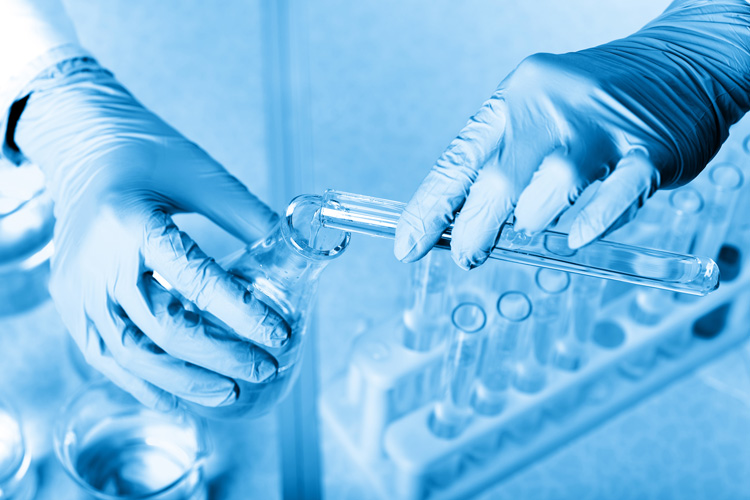+86-13961672821
+86-510-86268020
trust@hi2000.com
trust@hi2000.com
Room 807,No.169 Changjiang road,Huifu plaza,New centre,Jiangyin,Jiangsu China



Views: 0 Author: Site Editor Publish Time: 2025-10-04 Origin: Site










Water-soluble and synthetically engineered, Polyacrylic Acid (PAA) has cemented itself as a pharmaceutical workhorse. Its unique physical and chemical behavior makes it indispensable across drug formulations. Let’s examine how it elevates film coatings, sustained-release tablets, and solid dispersions—plus why its safety and stability credentials stand out.
Pharmaceutical engineers value PAA for its exceptional film-forming skills. Beyond giving tablets a polished look, it creates a durable, flexible barrier. This shield safeguards active ingredients (APIs) from moisture, oxygen, and light—directly extending shelf life.
Here’s the clever part: PAA’s pH sensitivity enables targeted drug release. It swells in intestinal conditions, perfect for protecting stomach-vulnerable medications. Bonus? Tablets gain mechanical toughness, cutting breakage risks during shipping and handling.
In sustained-release systems, PAA acts like a hydrophilic gel maestro. Once hydrated, it forms a gel layer that slows drug diffusion to a crawl. This translates to longer-lasting effects and fewer doses—a game-changer for painkillers or blood pressure meds needing steady blood levels.
But there’s more: PAA stabilizes formulations through hydrogen bonding with APIs. This partnership prevents early degradation and locks in consistent release profiles batch after batch.
For poorly soluble drugs, PAA is a go-to carrier. It teams up with APIs to create amorphous solid solutions, ramping up surface area while dialing down crystallinity. Result? Drugs dissolve faster.
PAA’s split personality (hydrophilic and hydrophobic parts) wets drug surfaces efficiently, boosting bioavailability. It also plays stabilizer—blocking drug clumping or recrystallization during storage. That keeps formulations effective long-term.
PAA earns recognition for its low toxicity and body-friendly nature. It’s cleared for oral and topical use, with IARC classifying it as Group 3 (not carcinogenic). Acute systemic toxicity? Rarely triggered.
With minimal irritation risk and low allergy potential, it’s a formulary favorite. No wonder agencies like the FDA greenlight it as an inactive ingredient—it consistently clears strict safety hurdles.
PAA’s stability superpowers work overtime:
Chemical resilience:Holds its structure against heat, humidity, and typical storage stresses
Smart dissolution:pH-responsive behavior ensures reliable performance across gut environments
Metal defense:Chelates metal ions, stopping them from degrading sensitive APIs
Polyacrylic Acid proves its worth across coatings, time-release tablets, and solubility fixes—all backed by top-tier safety and rock-solid stability. Its knack for adapting to formulation challenges, while sailing through regulatory checks, makes it a formulary MVP. As drug tech evolves, PAA keeps delivering: smarter therapies, safer treatments, and better patient outcomes.